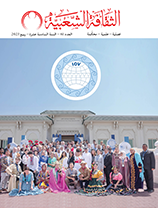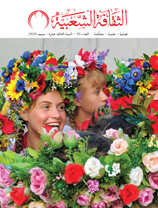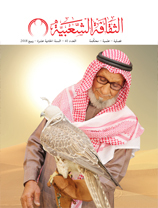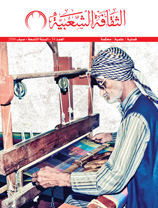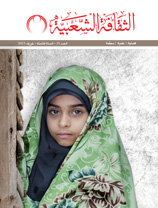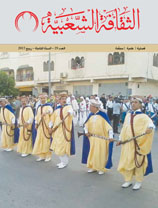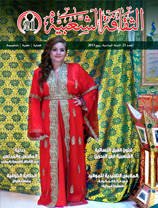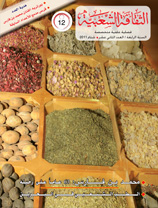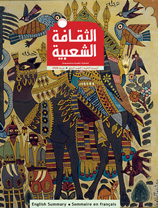Shrines and tombs in Damascus in Nu’man Qasatili’s book Al-Rawdah Al-Ghanna’fi Dimashq Al-Fayha’ (The Lush Garden of Redolent Damascus)
Issue 27

Researchers try to understand the symbolism behind visiting the tombs of religious custodians to seek blessings, and they study the relationships among this practice, religion, faith and other cultural activities. As the practice of a certain group, religion is determined by time and place. Visits to custodians’ tombs are related to power and to the group’s interests, and the symbolism exists as long as these interests exist.

This study analyses the practice of visiting the shrines and tombs of custodians and righteous people, and the custodians’ relationship to religious and social practices. This paper studies the phenomenon of visiting the shrines of religious custodians in Levant societies, specifically the shrines and tombs in the cemeteries of the city of Damascus.
Throughout his long history, Man has created symbols for holy entities and used the elements of nature to symbolise these entities; for example, the sacred may take the form of natural features such as mountains, stones or trees, because people have long believed that nature has a hidden power that can either work in Man’s favour or against him. A society’s history can be divided into sacred and non-sacred eras, and sacred eras can be restored through certain rituals.
Religion also has a social dimension. Religion is a set of practices that helps individuals develop a sense of belonging to a group, and that provides them with moral support, solidarity and stability. Religion can also be the driving force behind reform movements and revolutions. Religion makes everything sacred, and it is a key element of any society’s collective identity.
Religions and systems of faith have four elements:
Belief: This helps people to make sense of life and to develop a sense of belonging
Religious law: This is the set of rules by which the group must abide in order to live in accordance with the belief
Rituals: The religious practices carried out to make the belief manifest and to designate a time and place as sacred
The group: The group of people who share a set of beliefs and religious practices
Religion can determine our standing in society. Throughout history, religion has been a human need and a practice closely related to Man’s existence and to his psychological and social state.
Hamdadu bin Umar
Algeria











